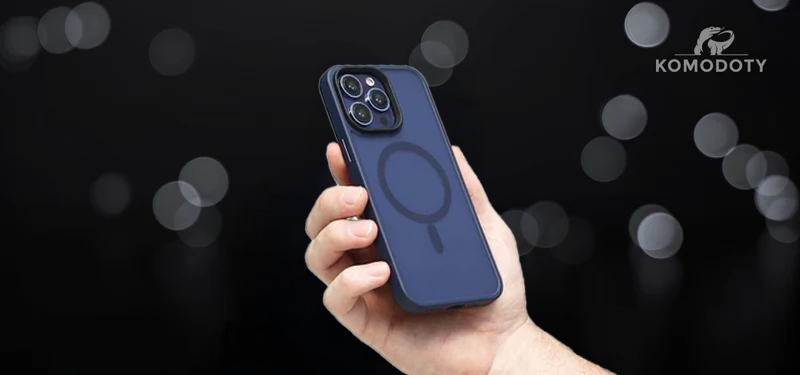iPhone 15 Series: Apple Finally Embraces USB-C. Here's What You Should Know
Apple, often under scrutiny for maintaining its proprietary Lightning connector on iPhones, has finally made the switch everyone was waiting for: USB-C arrives on the iPhone 15 series. Given that the majority of modern Android phones, not to mention Apple's own Macs and iPads, have long adopted USB-C, it was only a matter of time. Let's dive into what this means for Apple's newest flagship lineup.
1. Which Models Sport the USB-C?
Every model in the iPhone 15 series will feature USB-C: the iPhone 15, 15 Plus, 15 Pro, and 15 Pro Max. Contrary to some speculations, this is not just an EU-centric move to adhere to regulations. Apple’s motivation seems to be market retention in Europe, rather than a design overhaul for the sake of modernization.
2. What Can You Do with USB-C on iPhone 15?
Fast Charging: USB-C on iPhone 15 primarily focuses on expedited charging. While MagSafe wireless accessories provide 15W, USB-C can potentially push this up to 29W on the Pro variants.
Reverse Charging: This generation introduces reverse charging, enabling the iPhone 15 to power devices like the Apple Watch or the USB-C compatible 2nd gen AirPods Pro.
Data Transfer: Besides rapid charging, expect smoother data transfers, be it music, videos, or ProRes video recordings (available on Pro models).
Display Connectivity: For those eyeing larger screen projections, an iPhone can now connect to a monitor through a USB-C-to-DisplayPort cable or adapter.
3. What About Transfer Speeds?
Regrettably, there's a bit of a slowdown. The iPhone 15 and 15 Plus offer USB 2.0 speeds, capping at 480Mbps. Contrarily, the Pro models go up to 10Gbps with USB 3.2. However, to harness this, users need a separate cable, not the one included.
4. Is USB-C an Upgrade Over Lightning?
Absolutely. Although there are certain limitations Apple has imposed on its USB-C implementation, the versatility and wide acceptance of USB-C make it superior to Lightning.
5. Charger Compatibility:
The transition might not necessarily mean purchasing new chargers. Most chargers come with USB-A or USB-C ends, and with Apple packing a USB-C-to-USB-C cable with every iPhone 15, many users should be set.
6. Are All USB-C Cables Compatible?
While any standard USB-C cable should function, to achieve the 10Gbps speeds on the Pro models, a USB 3.2 supported cable is essential. The standard cable out of the box won’t suffice for this.Apple's move to USB-C on the iPhone 15 lineup is both timely and pivotal. As users adjust to this transition, the multi-platform standard of USB-C is poised to offer enhanced flexibility and convenience.



Leave a comment
This site is protected by hCaptcha and the hCaptcha Privacy Policy and Terms of Service apply.